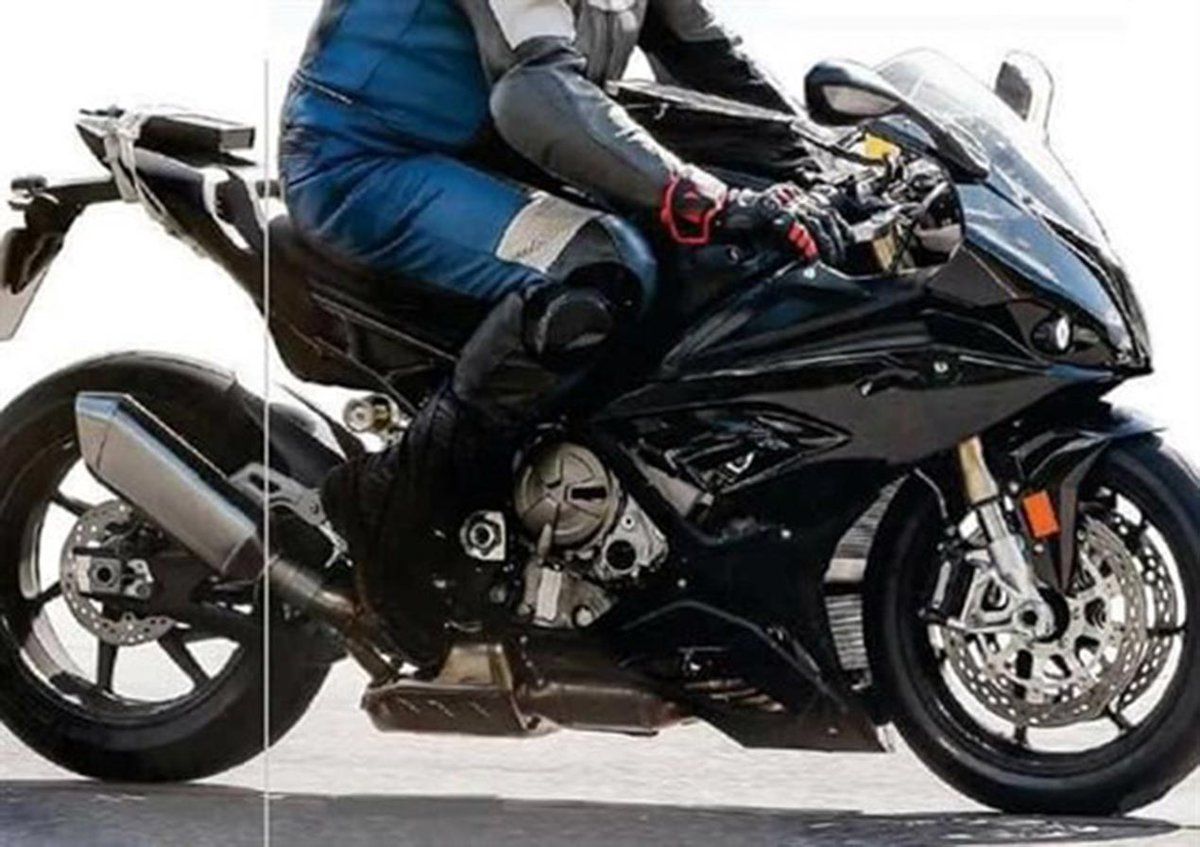Although late to the party, the Germans are finally upping the ante of their litre class superbike, the S 1000RR. The engineers gave it enough oomph to uphold its end of the bargain pretty well with the 2015 upgrade and the bike had a good run with class leading power figures and chassis structure, until now.
She is now, at eight years old, missing a few exquisite equipment list and sorts of electronic wizardry that adorns the modern 2017 competition like the Fireblades', Ninjas', R1s' and the GSXs'. They are faster, lighter and cleverer than ever before and could easily clip off the S 1000 RR one by one. Luckily, BMW->ke1398 says enough is enough and are readying a machine that could spell out being the Pinnacle of German Engineering.
The current S1000RR held the throne of being the most proficient machine in the litre class superbike segment in terms of technical prowess and the package it had for a long time now. But that seems to be fading away in the wake of juggernauts like the Kawasaki Ninja H2, the ZX-10RR, Suzuki's GSX 1000R and the Yamaha R1. Of course, there is the Ducati Panigales', but those are out of reach for a lot of us.
To regain control of that consciousness, the chaps at BMW are toiling at a much-needed update to the litre bike that will see the daylights only in 2018 that seems to be aking a few cues from the brand's flagship monster motorcycle, the HP4 Race. Snapped by the good folks at Motorrad magazine is this picture proving that very point.
Seen here is the next-gen S 1000 RR undergoing rigorous testings with minimal camouflage and instrumentations strapped on the motorcycle. This 2018 RR seems to be getting a complete makeover making it look like an all-new motorcycle. Aesthetically, BMW have chiselled the bodywork to make it cut through anything coming in its path, not like the current gen isn't, but this looks as if it got a hefty work in the aero studio.
The chassis and mainframe are also said to have undergone changes to make it more track-focused to pair with the tweaks it is getting done on its four-pot motor that is said to define engineering limits known to current technology. We might get to see a modern TFT instrumentation and a more robust and adjustable electronics system tackling the IMU more efficiently and responsibly.
All of this, however, are only speculations and no confirmed reports have surfaced the web yet. It is just the play of time until we get to see the full production later this year and we expect the brand to showcase this machine to the world during the upcoming 2017 EIMCA show in Milan, as a 2018 model year motorcycle.

